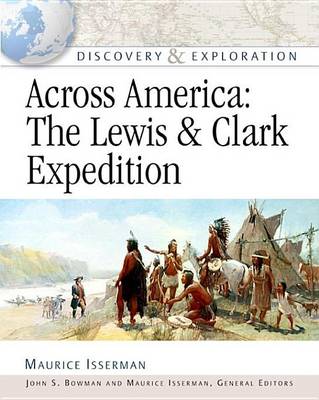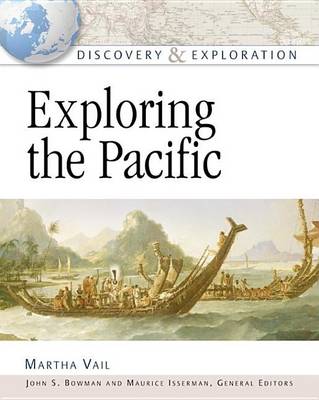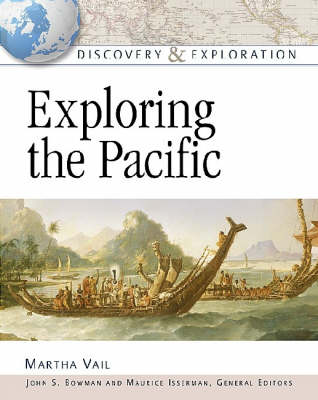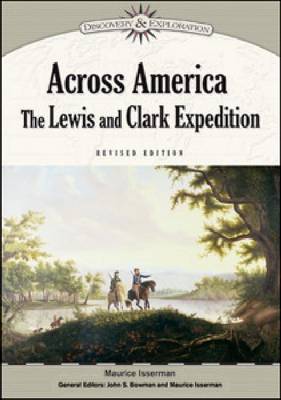Discovery and Exploration
5 total works
Exploring North America, 1800-1900. Discovery & Exploration.
by Maurice Isserman
Published 1 January 2005
Exploring the Pacific. Discovery & Exploration.
by Martha Vail, John Stewart Bowman, and William R Kenan Jr Professor of History Maurice Isserman
Published 1 January 2005
Exploring the Pacific
by Martha Vail, John Stewart Bowman, and Maurice Isserman
Published 1 February 2005
This text covers: art of the Pacific peoples; Cartography; Early Pacific navigation; Mutiny; Robinson Crusoe; The spice trade; Whaling; Women, slaves, and colonists.
In 1803, President Thomas Jefferson commissioned the Corps of Discovery as a scientific expedition to explore the newly acquired Louisiana Purchase. The goal was to learn more about the Northwest's natural resources, inhabitants, and possibilities for settlement. The Lewis and Clark expedition was the second recorded transcontinental crossing of North America north of Mexico by white Americans. Their journey was significant in that the first accurate maps of the area were produced, there was a better understanding of the Northwest's natural resources, and they established friendly relations with American Indians. Although they were unable to locate the fabled, elusive Northwest Passage, Lewis and Clark's achievements sparked American interest in the West and strengthened the nation's claim to the area. The coverage includes: Thomas Jefferson's support of the expedition as U.S. president; Meriwether Lewis' and William Clark's preparations for their journey, including gathering advice and purchasing supplies; the party's interactions with American Indians, both friendly and hostile; the animals they encountered; the role played by Sacagawea, a Lemhi Shoshone; and, the expedition's difficult journey across the Bitterroot Mountains.




